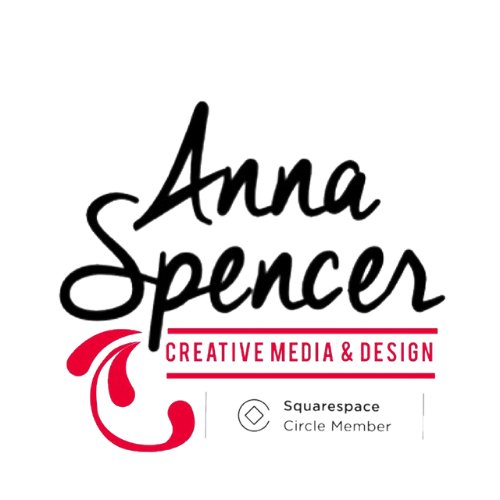Messaging is Everything
/“Your smile is your logo, your personality is your business card, how you leave others feeling after having an experience with you becomes your trademark.” —Jay Danzie, motivational speaker
In today’s culture, everyone is an influencer. Your actions, words, and even your image are your brand. LIKE IT OR NOT. For decades we’ve seen this play out time and time again. It’s the reason why top industries routinely seek out celebrity endorsements and hire big names to represent their products or services. Now, with the prominence of online media, we’ve seen the rise of micro-influencers and even “everyday joes” who use various platforms to garner attention and sway with just a tweet or viral video. The ability to post across numerous social channels, communicate via email or text, and potentially reach an ever-expanding audience means that you (individuals, groups, and businesses) have a powerful voice...maybe even more powerful than you realize. And with this newfound power comes much responsibility. Having a messaging strategy is important to maintaining your brand—whether you’re representing yourself, a group, or our business. Without delving into the psychology behind branding, know that what you say and how you say it, says a lot about you personally and the type of groups/organizations you represent.
Digital content strategists know that in today’s climate messaging is everything and that responding rather than reacting can make all the difference, especially in light of the COVID-19 pandemic. Emotions are running high, the need for information has never been more urgent, and everyone is trying to adjust to this new normal...with varying success. It’s important to pause and carefully formulate your message. Taking just a few moments to process your thoughts can save you, your group, and your business the headache of having to walk-back a poorly worded or easily misconstrued message. Save face by following these strategic messaging tips. And remember multiple drafts and rewrites always help.
P.A.M.M. AN ACRONYM FOR STRATEGIC MESSAGING
PURPOSE
What is the purpose of your message? Is the message informative, reflective, urgent, detail specific, entertaining, persuasive, etc. The purpose behind the message we seek to deliver can cover a wide variety of topics. Outlining a clear purpose will help you make sure that what you say comes across the way it was intended. Narrowing down the message category we’re hoping to convey is vital, not only to the one delivering the message but also to the person(s) who will be receiving it.
AUDIENCE
Who is this message for? Will you be addressing people professionally or casually? What age group are you hoping to reach? If the message is intended for a mixed audience, try to avoid industry jargon. Make sure you know exactly who your intended audience is as you continue the message writing process. Put yourself in their shoes.
MESSAGE
Most of us are not gifted communicators. So craft your message knowing that you will need to rewrite several times (three to seven rewrites to be more specific.) Check for the obvious, spelling and grammar. Then reread for clarity all the while keeping in mind both purpose and audience. If you have the opportunity, read it out loud and let someone else have a look at it. Tone is crucial. Make sure it reads correctly.
MEDIUM
On what platform will you be sharing this message? Is this a text message? If so, make sure that information is not lost in the brevity or tone of the message. Short messages can be confusing. Is this an email? Emails are longer than text messages, thus more opportunity for your message to be misunderstood. Use the additional space in your email to convey your message by providing important details and make sure you maintain an appropriate tone throughout. Social media posts vary in length according to platform. Keep this in mind and use photos/infographics/videos to help convey your message. Use appropriate hashtags to further clarify the purpose. Remember, tagging individuals and groups can aid in reaching your intended audience.
Keep in mind that taking just a few extra seconds to review and even rewrite your message can help you better reach your audience with meaningful content. Communication is key. It is an important building block in establishing relationships. Relationships build trust, respect, and foster loyalty. All key factors in building a brand—especially when that brand is you!







